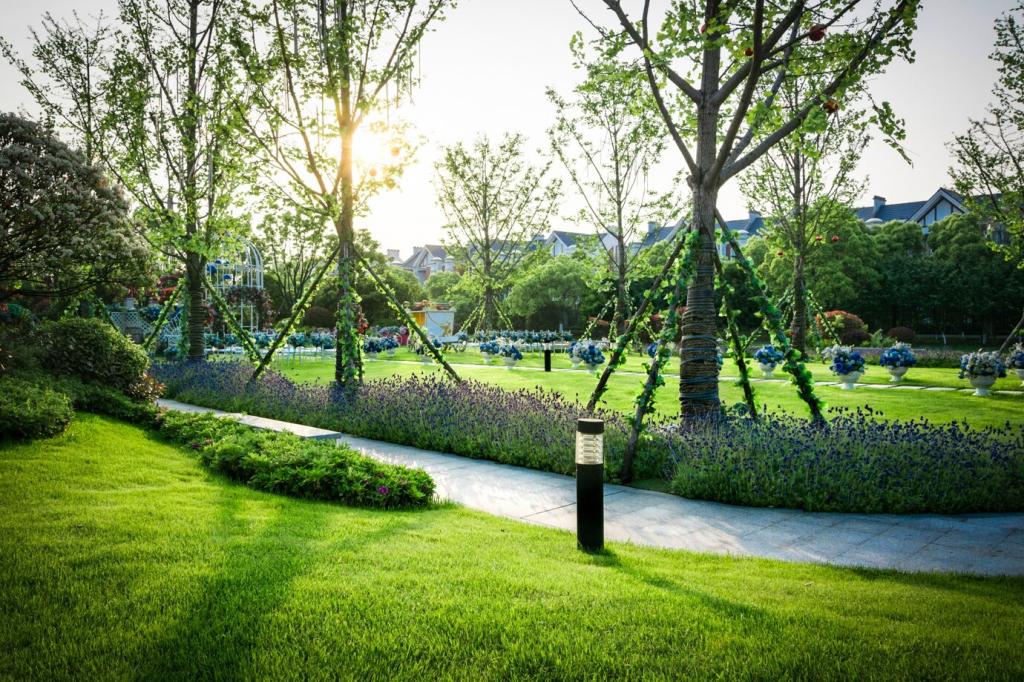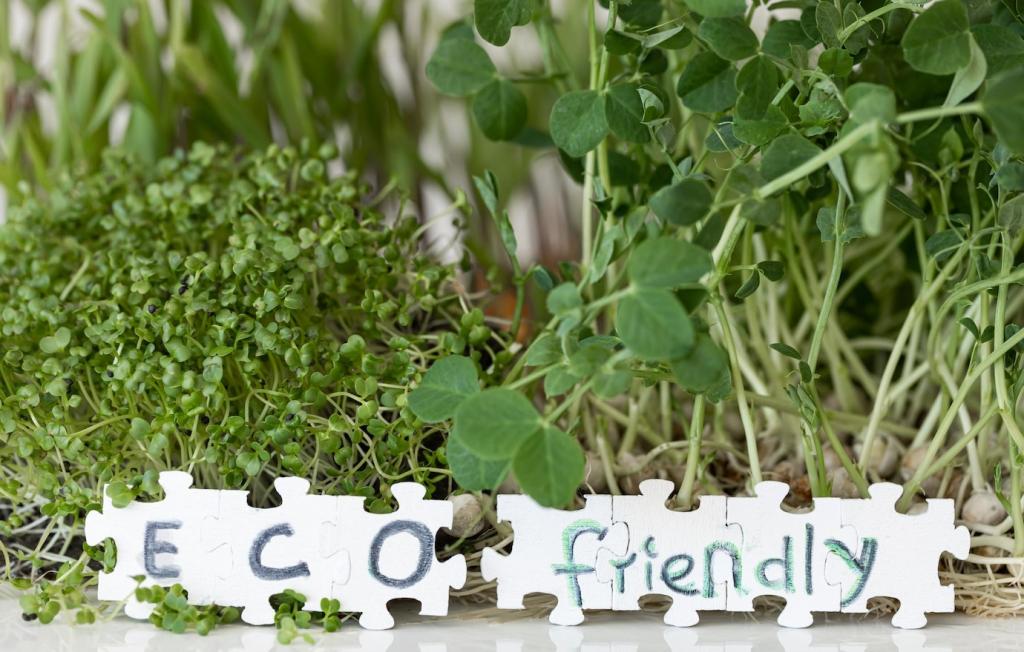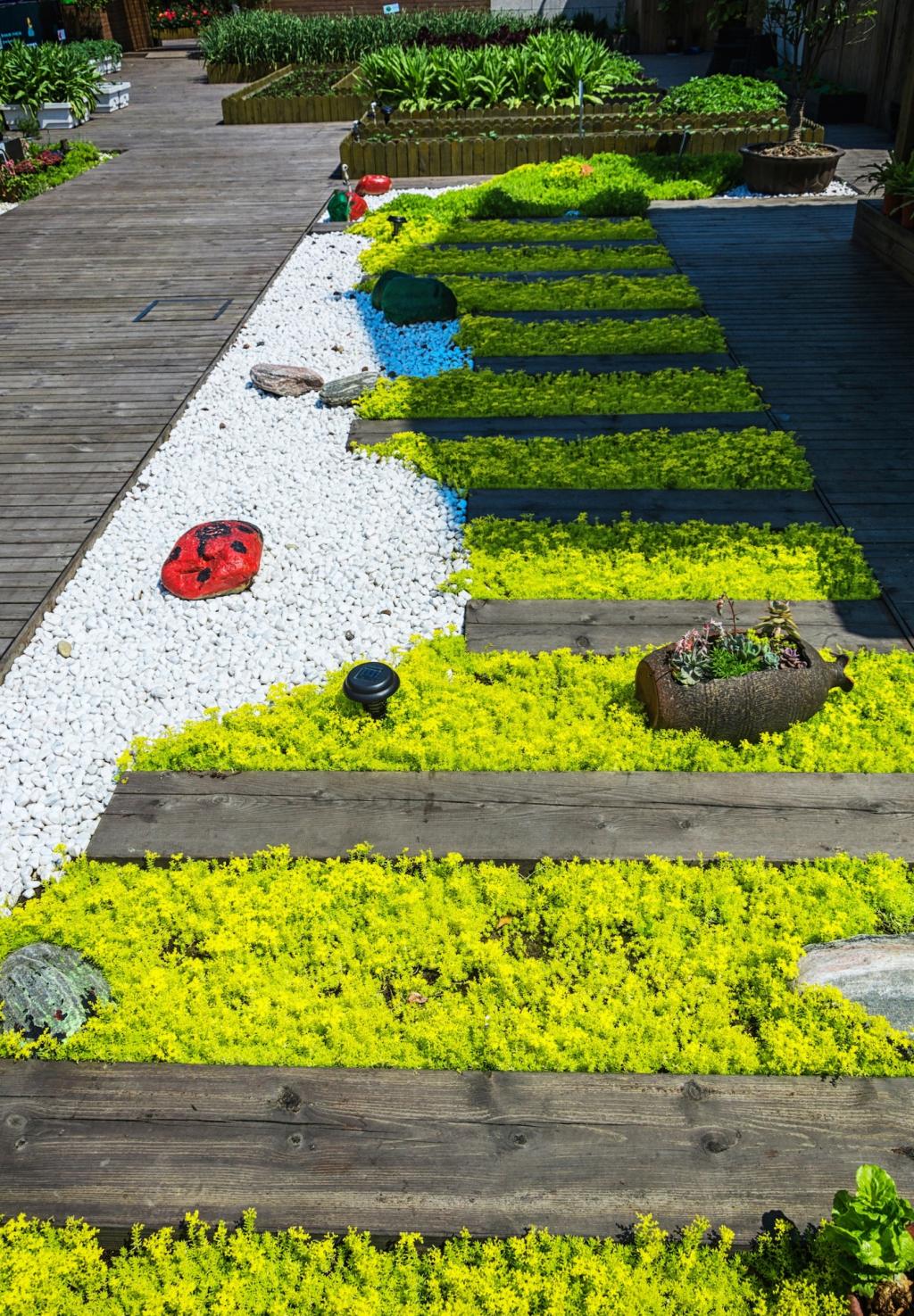Planting for Carbon: Canopy, Soil, and Microbes
Choose species suited to your climate, soil, and available water so trees thrive without energy-heavy care. Thoughtful spacing and canopy layers deliver shade, wind breaks, and habitat, lowering cooling loads and decreasing replacement rates.
Planting for Carbon: Canopy, Soil, and Microbes
Healthy soils store carbon and support robust roots. Protect structure with minimal disturbance, add compost, and use mulches to conserve moisture. Consider biochar where appropriate to stabilize carbon and boost microbial life without synthetic inputs.






